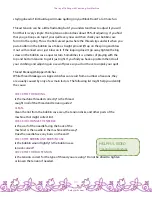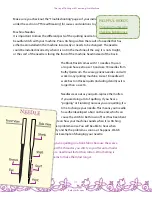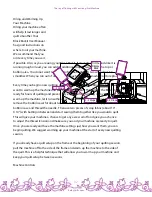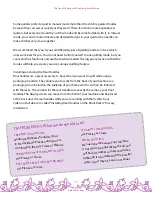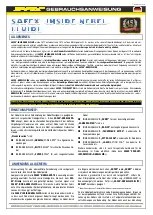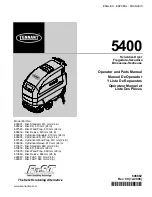
The Joy of Quilting with Your Long-Arm Machine
24
KathyQuilts.com
A NOTE FROM RACHEL:
As I worked as an operator in an industrial sewing factory, we would put hours and
hours into sewing on our machines. There were some days when my machine would
be working perfectly, and other days that the thread would break over and over,
or I would have issues with my stitches or needles breaking. Instead of calling for a
mechanic as soon as we had issues, we were required to first check a few of things.
First, we had to check our threading. Second, we had to check our
needles, making sure they were in straight and all the way. Third, we
had to make sure our machine was oiled. And fourth, we had to make
sure our machine was clean and free of any lint in the tension knobs.
If all of these were ok, and the machine still did not work, then we were able to call the
mechanic to come look at our machine. It was surprising how many times the issue was
incorrect threading or our thread being caught on something on our sewing table. It’s
very important to go through these troubleshooting steps with any sewing machine,
especially your Block Rockit, and many times your problem will be solved quickly!
Thread Type
Block Rockit machines can use any type of quilting thread; there is not a specific type
you must use with this machine. Choose what works for you! Don’t go cheap or you
might not like the results.
Understanding Thread
In thread weight measurements, higher numbers equal lighter or thinner thread.
However, in length measurements, higher numbers equal heavier or thicker threads.
Keep in mind that you may need to change the size of the needle or adjust the tension
with different types of thread. As a rule of thumb, the diameter of the eye of the
needle should be 40% larger than the diameter of the thread. Higher number threads
(thinner, lighter) may need the tension tightened, while lower number threads (thicker,
heavier) may need the tension loosened. When changing the type of thread, be sure
to sew off on a piece of scrap fabric before sewing on a quilt to make sure the tension
is correct for the type of thread you are using.





















